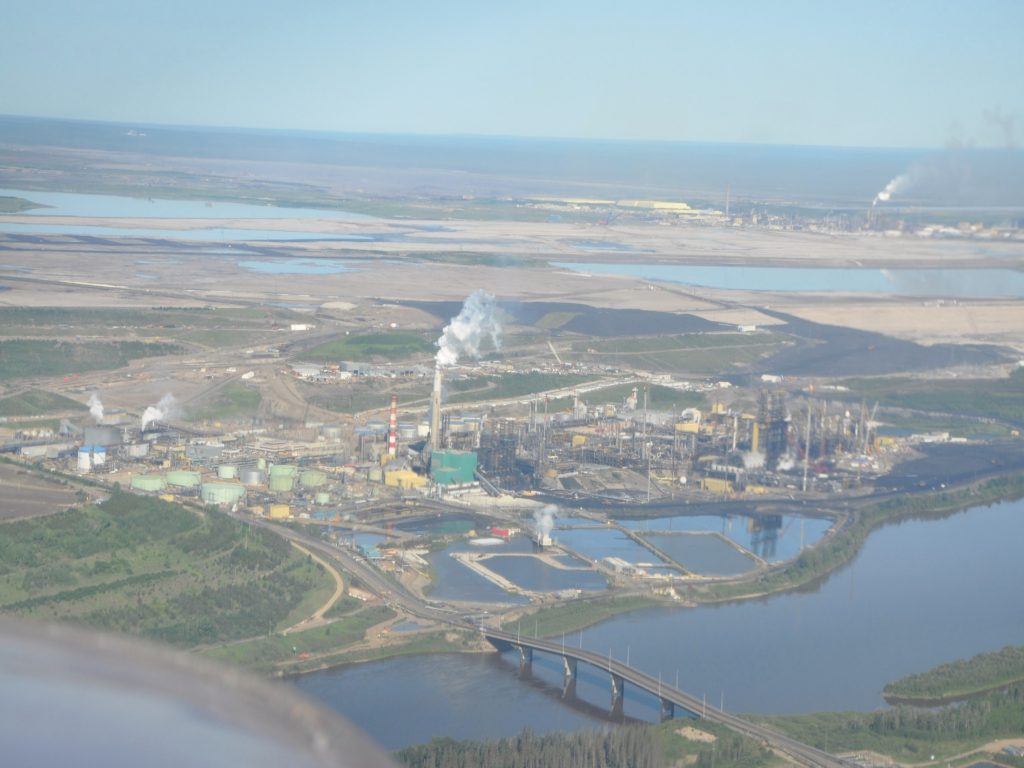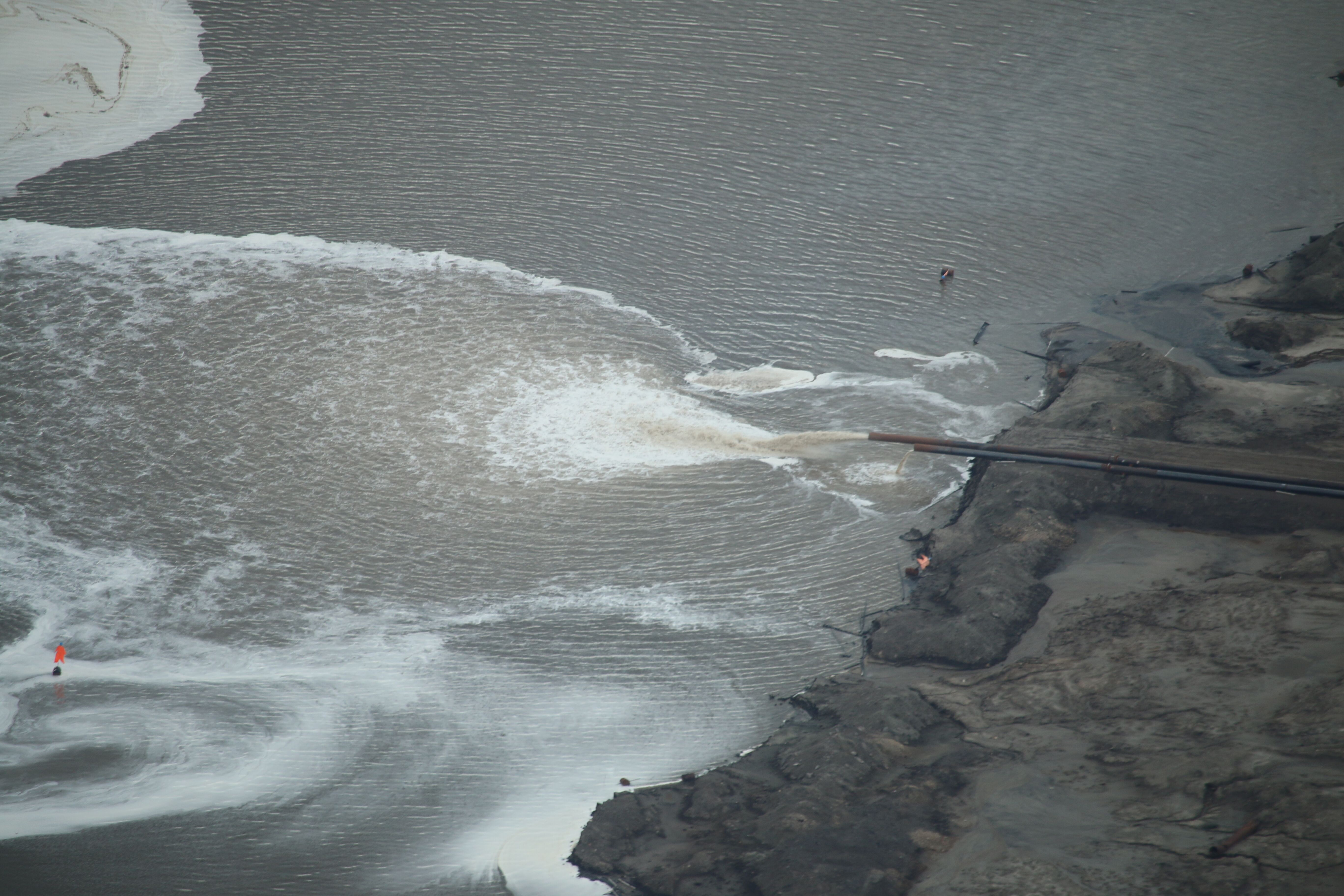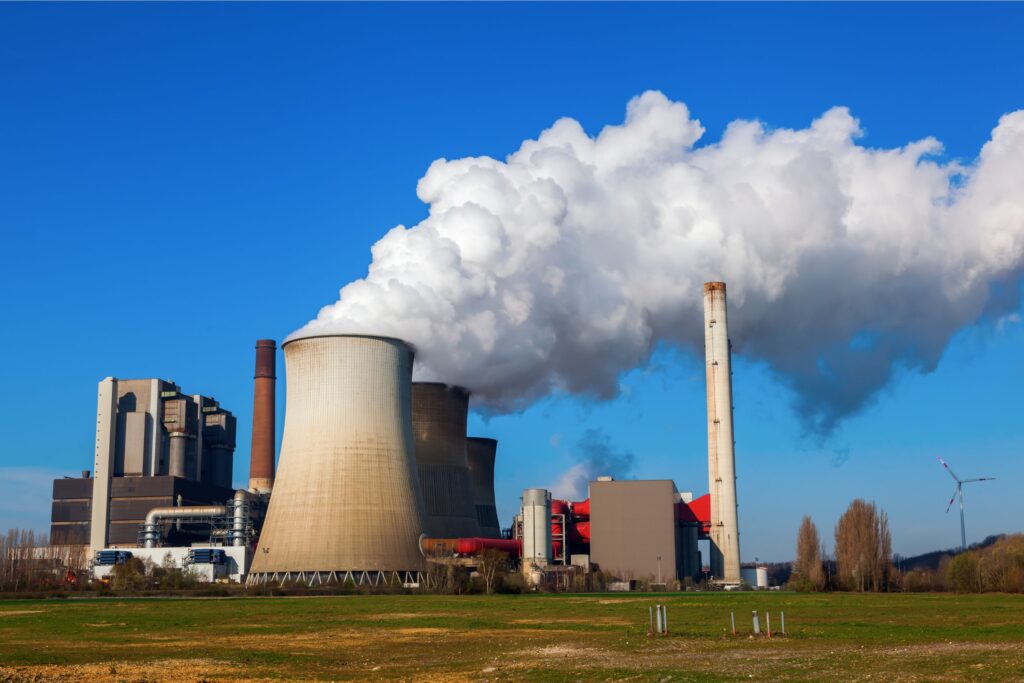More than a trillion litres. That’s the total volume of liquid tailings that has been created by the tar sands industry in Alberta.


How do you even wrap your head around a figure like a trillion litres? If every single Albertan drank a 1-litre carton of milk every day, it would take almost 700 years to reach 1 trillion litres of milk. If Michael Phelps decided he needed a freshly filled Olympic-sized swimming pool to train in every day, it would take him over a thousand years to use 1 trillion litres of water.
Yes, it’s an enormous volume. And unfortunately, we aren’t talking about something as benign as milk or water.
We’re talking about a toxic slurry of chemicals that includes five of the World Health Organization’s ten chemicals of major public concern. Carcinogens like arsenic and benzene. Chemicals that impair children’s development, such as mercury and lead.


Here’s another big number: $45 billion. That’s the estimated cost of cleaning up those tailings ponds. And that doesn’t include the estimated $6.8 billion needed to rehabilitate the land and additional costs for water treatment and ongoing monitoring and maintenance.
Alberta citizens—not tar sands companies—could be on the hook for most of that. That’s because the fund that industry pays into to cover clean up costs has collected only $1.57 billion, a tiny fraction of the liability. If tar sands companies go bankrupt or are otherwise unable to pay for reclamation costs, the Alberta Auditor General has warned that Albertans could be forced to pay the cleanup costs.
And like the volume of tailings, the liability grows every day. In fact, the estimated liability of this toxic mess is growing more quickly than royalty revenues paid by tar sands companies to the Alberta government for the right to produce and sell Alberta’s oil.


The final part of this tragic tale is that these tailings ponds are leaking toxic chemicals into Alberta rivers such as the Athabasca River, Beaver Creek, and Jackpine Creek, as well as aquifers – and industry and government know that this is happening. Documents from Shell Canada, Suncor, Syncrude, and CNRL all acknowledge that toxins from tailings ponds will end up in groundwater or rivers. Academic research undertaken by Canadian government scientists has detected the chemical “fingerprint” of tailings ponds in the Athabasca River. The National Energy Board, as far back as 2004, in reference to tailings ponds’ contamination of groundwater and rivers, stated that the “scale of the problem is daunting.” A 2009 memo to Canada’s environment minister from his top bureaucrat acknowledged that chemical “seepage” would occur from tailings ponds to groundwater, and then into surface water such as rivers and lakes.
All of this is documented in a report released today by Environmental Defence and the U.S.’s Natural Resources Defense Council. The two organizations have also teamed up with Daniel T’seleie of the K’ahsho Got’ine Dene First Nation to ask the Commission for Environmental Cooperation (CEC), the NAFTA environment tribunal, to investigate whether the federal government is failing to enforce the Fisheries Act. The Act prohibits industry from putting “under any conditions” harmful substances in water that has fish.
Clearly tailings ponds are a huge and unaddressed problem for Alberta and Canada. Industry continues to add to the massive volume of tailings ponds, the liability for governments and citizens grows every day, and there is irrefutable evidence that tailings ponds are leaking into rivers, affecting not only the ecosystem of these rivers but the health and livelihood of First Nations in the region, including the Mikisew Cree First Nation and the Athabasca Chipewyan First Nation.
Solutions exist to deal with these problems. First and foremost, the Alberta government must strengthen the Tailings Management Framework so that industry treats existing tailings more quickly than they are produced. The volume of toxics tailings needs to start going down immediately. No new tailings ponds should be approved until industry demonstrates the ability and willingness to clean up the tailings ponds it has already created. The government of Alberta needs to send tar sands companies back to the drawing board when they come forward with reckless plans to increase tailings volumes for another 20 years, or to dump tailings into abandoned mines, simply covering it with water and hoping for the best. Out of sight out of mind is not a responsible management plan.
Policies also need to change so that liability for the toxic mess rests with the industry that created it, not Alberta citizens. The Alberta government must bond companies for the full liability of cleaning up tailings ponds. The federal government must change bankruptcy laws so that, when companies go bankrupt, the cleanup of environmental damage takes priority over creditors. The Canadian government must also develop a strategy for enforcing the Fisheries Act so that the industry cannot continue to knowingly create tailings ponds that leak toxic chemicals into Alberta’s rivers and groundwater.
The time is now to put the full responsibility on the polluters, rather than let First Nations and other Albertans bear the cost.







